-
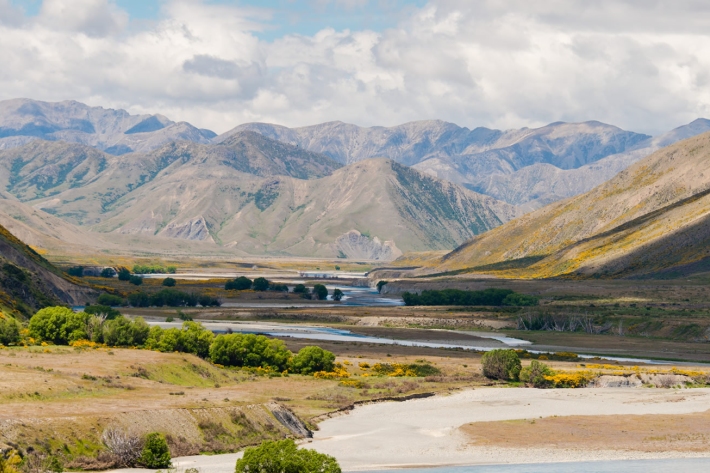
Summer Series 2017 - A day out measuring at Molesworth
Feature story02 January 2018As the road behind Hanmer Springs turns to gravel and a dust cloud forms in the rear vision mirror, the southern edge of Molesworth Station unfolds. -
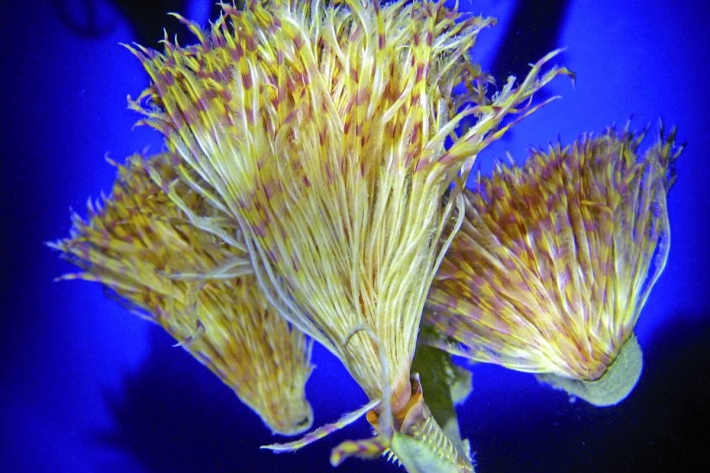
Summer Series 2017 - Look out for these marine pests
Feature story28 December 2017Every year NIWA carries out numerous marine surveillance missions, surveys at ports and harbours around the country. Their divers are looking for the pests that have hitched a ride to New Zealand waters and are capable of destroying our unique ecosystems and shellfish industry. -
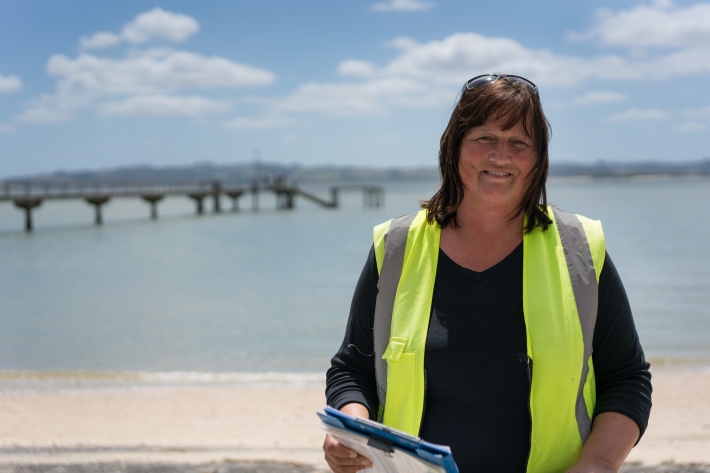
Summer series 2017 - One fish, two fish…we're counting on you
Feature story26 December 2017“You almost become a fishing psychologist – you can tell by the way people walk up the ramp to get their trailer if they’ve had a good day.” -

NIWA's Hotspot Watch for 21 December 2017
Hotspot21 December 2017A weekly update describing soil moisture across the country to help assess whether severely to extremely dry conditions are occurring or imminent. Regions experiencing these soil moisture deficits are deemed “hotspots”. Persistent hotspot regions have the potential to develop into drought. -
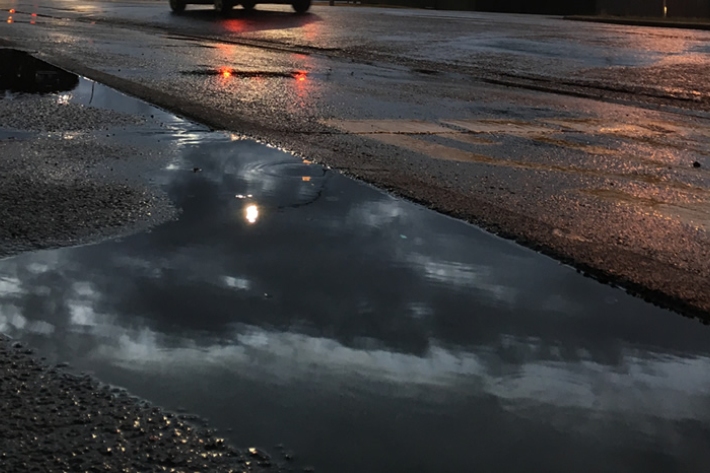
Summer Series 2017 - NIWA's Year of Weather
Feature story21 December 2017Four seasons with a little bit of everything.
It started with the bummer summer… then came the fires, rain, flooding and a very weird November.
But it’s all in a year of weather as NIWA wraps up the seasonal highlights. -
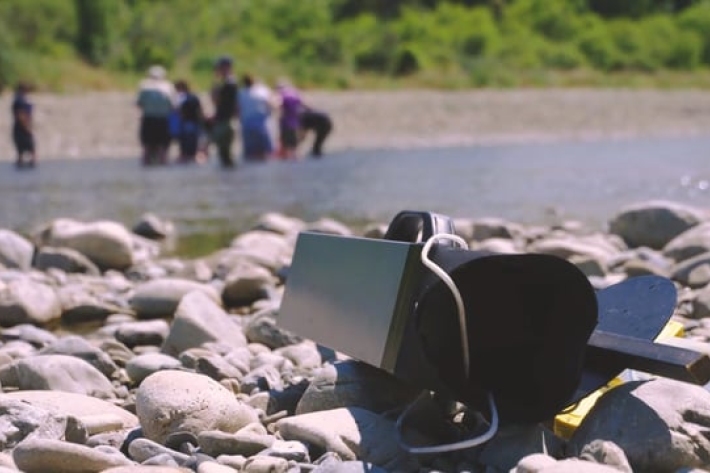
Citizen scientists take on Hutt River
Citizen scientists take on Hutt River -
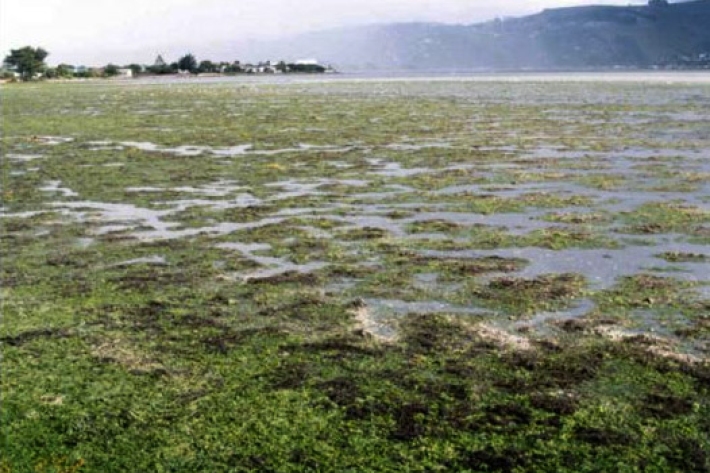
The New Zealand Estuary Trophic Index
Research ProjectExcessive nutrient input (eutrophication) threatens many New Zealand estuaries causing ecological problems, such as algal blooms and poor physical and chemical conditions for estuarine life. -
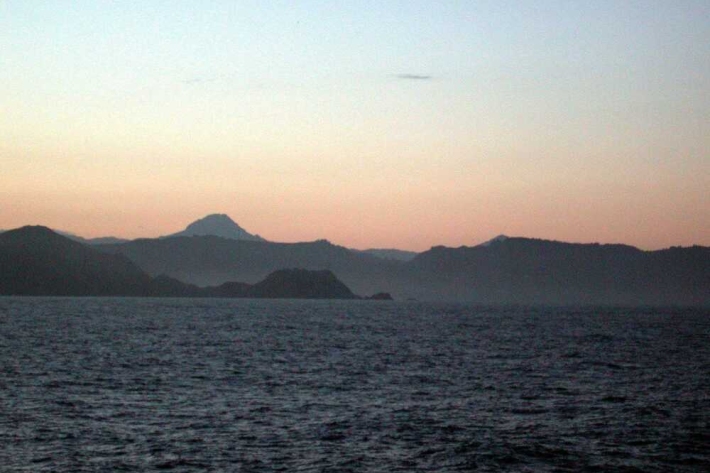
2017 - Hikurangi subduction zone
The Tangaroa assisted in New Zealand’s largest ever deployment of seafloor earthquake recording instruments in a bid to learn more about the earthquake behaviour of the tectonic plates beneath the east coast of the North Island. -

Summer Series 2017 - A year of new knowledge
Feature story19 December 2017It’s been a year of discovery for NIWA scientists who now know more than they did 12 months ago – their top five discoveries for the year range from the bottom of the ocean to the top of the atmosphere. -
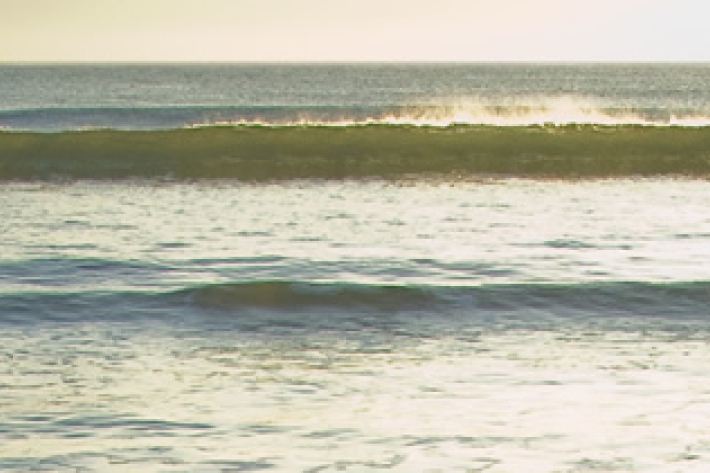
Summer Series 2017
This is a special series of stories put out to the media over the 2017/2018 summer. -
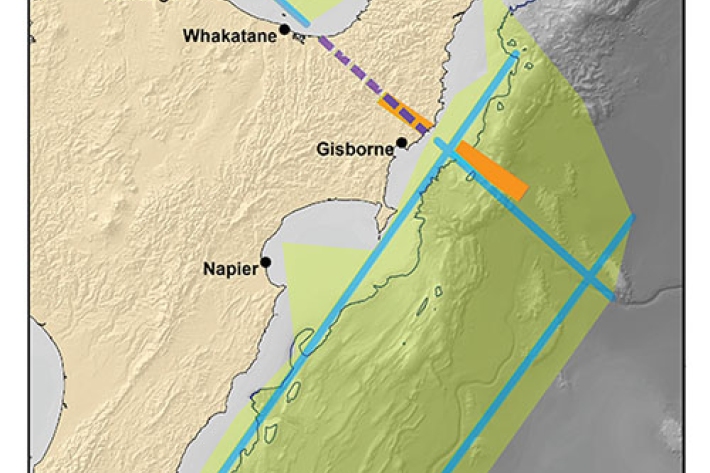
2017 - OBS Deployment
VoyageNIWA research ship Tangaroa has been chartered by GNS Science to continue work in lowering Ocean Bottom Seismometers (OBS) onto the seafloor of the Hikurangi subduction zone. -

Wire deployed corer floats being retrieved
Wire deployed corer floats being retrieved on board the RV Tangaroa. The corer sampled sediments at 9994 metre depths in the Kermadec Trench.
